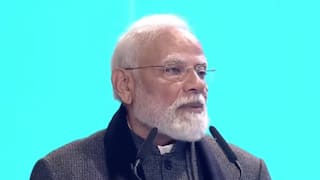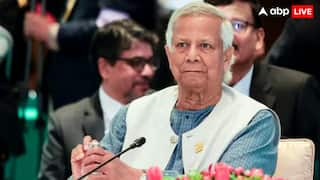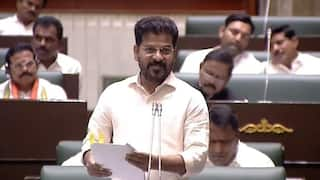Embracing AI Without Losing Human Creativity: How To Strike Right Balance
While AI can write code, draft articles, or even compose music, these outputs often lack the nuance, emotion, and unpredictability that make human creativity unique.

By Jaspreet Bindra
The rise of artificial intelligence (AI) in the modern workplace has undeniably transformed how we approach productivity, efficiency, and innovation. Organisations globally increasingly lean on AI to automate repetitive tasks, analyse vast data sets and optimise operations. However, in this excitement around automation, we risk underestimating the vital role of human creativity, intuition, and critical thinking.
It is crucial to recognise that while AI can enhance capabilities, it is not a substitute for the creative genius that only humans can offer. Automation thrives on patterns, algorithms, and data — making it ideal for repetitive or formulaic tasks. Yet, true creativity often involves stepping outside of established patterns and finding solutions that machines alone cannot conceive.
Limits Of AI
While AI can write code, draft articles, or even compose music, these outputs often lack the nuance, emotion, and unpredictability that make human creativity unique.
AI models rely heavily on historical data, and as a result, they tend to recreate and refine existing ideas rather than offering truly groundbreaking innovations. Thus, the risk of over-reliance on AI could lead to a homogenisation of creative outputs, where originality is compromised.
Need For Collaboration
Instead of viewing AI as a replacement, we should see it as a collaborative partner. For instance, in content creation, AI can handle preliminary drafts, data analysis, and research, allowing writers and artists more time to focus on the narrative, voice, and emotional depth.
In architecture, AI can design optimal structures based on mathematical models, but the aesthetic choices — what inspires, moves, and resonates with people—are left to human architects.
Encouraging Human-Centric Innovation
Organisations need to cultivate environments where human creativity is not overshadowed by AI but is rather complemented by it. This involves encouraging experimentation, risk-taking, and creative freedom — traits that AI currently lacks.
Leaders should focus on reskilling their workforce to work alongside AI, blending technical proficiency with critical thinking, emotional intelligence, and problem-solving.
AI As A Tool, Not A Crutch
Ultimately, we must remember that AI is a tool, not a crutch. The most successful organisations will be those that can harness the power of AI while still valuing and fostering human creativity. As we continue to integrate AI into every facet of our lives, let us not lose sight of what makes us inherently human — our ability to imagine the unimaginable, think beyond the obvious, and create the extraordinary.
Ultimately, while AI will continue to transform industries, human creativity will always remain indispensable. The real challenge and opportunity lie in finding the right equilibrium — leveraging automation to augment human ingenuity rather than constrain it. Organisations that can blend AI with human creativity will be the ones that truly thrive, ensuring that technology enhances, rather than diminishes, the unique capabilities of the human mind.
(Bindra is the co-founder of AI&Beyond and the author of Tech Whisperer)
Disclaimer: The opinions, beliefs, and views expressed by the various authors and forum participants on this website are personal and do not reflect the opinions, beliefs, and views of ABP Network Pvt. Ltd.
Top Headlines






































